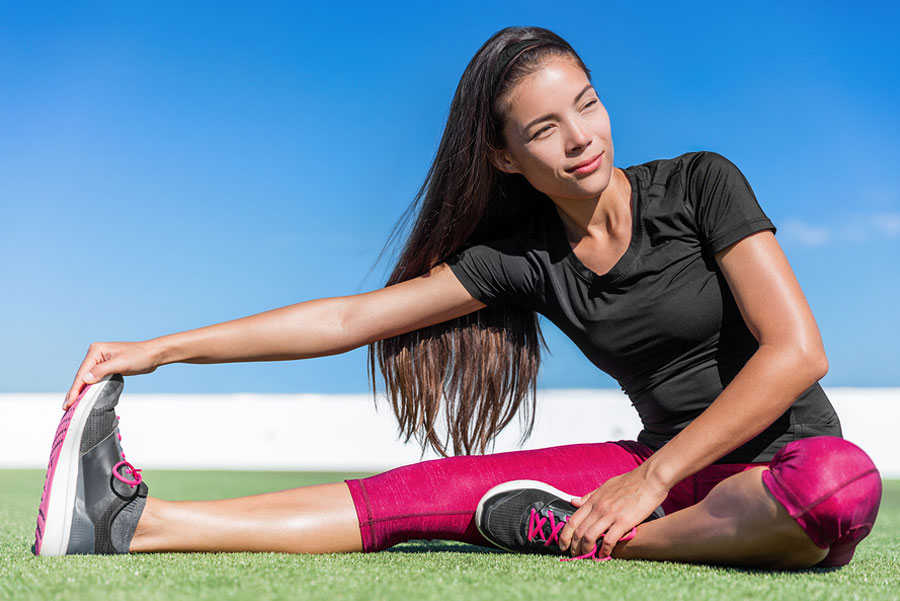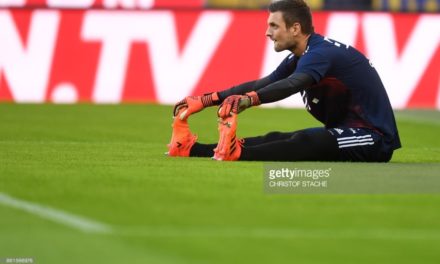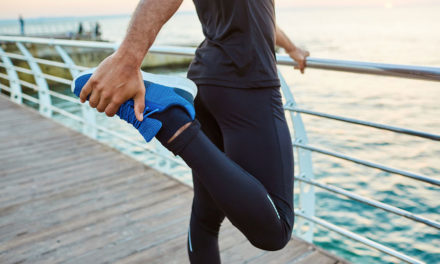Before stretching, athletes should get their bodies loose and prepared for stretching. They should take a light run for about three to five minutes, which will loosen muscles and prepare them for optimal stretching. After the light run, they should stretch the body from head to toe.
To optimize each stretch, consider these guidelines. As an athlete, you should stretch your body from head to toe. Depending on the sport you’re preparing for, your stretches should focus on the muscles you’ll be using most. For example, a volleyball player should focus on arm, wrist, and shoulder stretches while a soccer player should focus on hip, leg, and ankle stretches. Though you should direct your stretching to the muscles you’ll be using the most, you should not discount, neglect or undermine the importance of stretching your whole body before playing. It is important to stretch all the muscles that could be used, but those muscles that will be used the most should get extra attention. Each stretch should be held for ten seconds. Stretches should be repeated multiple times, usually twice, but it is up to your discretion regarding what you feel you need.
It is important to stretch before playing and throughout play, if muscles tighten. Whenever you feel a muscle needs attention, you should give it the necessary attention. The worst thing you can do is not give your muscles the time, care and attention they need for optimal safety and performance. You should never engage in a sport without stretching because of the damage you could do to your body, which could result in severe or even permanent injury. At times, injuries cannot be avoided because of overuse or strain on the muscles. However, stretching is the key to preparing the body for safe participation in sports.






